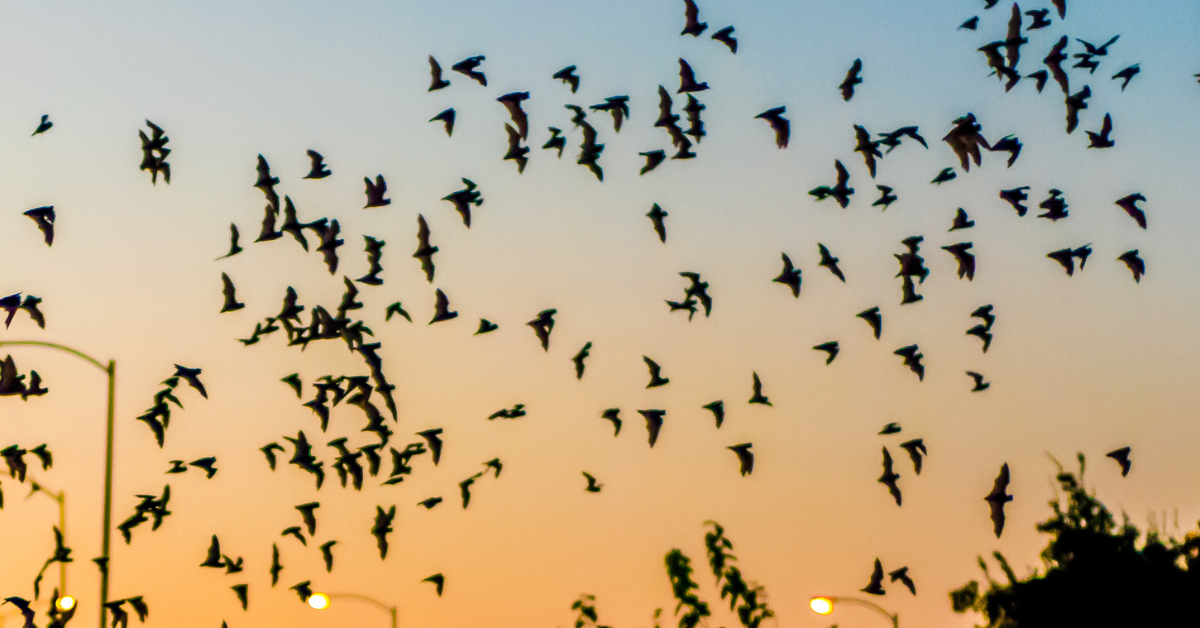Bats are a unique group of flying mammals that have fascinated humans for centuries. With over 1,400 species worldwide, bats are one of the most important animals on the planet, playing crucial roles in pollination, seed dispersal, and insect control. In this article, I will explore the world of bats, including their physical characteristics, behavior, habitat, diet, conservation status, and cultural significance.
Here are some 15 interesting facts about bats:
- Bats are the only mammal that are capable of sustained flight.
- There are over 1,400 documented species of bats worldwide, which account for around 20% of all mammal species.
- Bats are found on every single continent on Earth except for Antarctica.
- Some species of bats can live up to 30 years.
- Bats can fly at speeds of up to 99 miles per hour (160 km/h).
- Bats use echolocation to navigate and devour their prey. They emit high-pitched sounds and then listen for the echoes that bounce back.
- Vampire bats, which live in Central and South America, feed on the blood of other animals.
- Bats play an important role in pollinating plants, spreading seeds, and controlling insect populations.
- Bats are not blind, but they have poor eyesight. They rely on echolocation to see in the dark.
- Some species of bats hibernate during the winter, while others migrate to warmer areas.
- The smallest bat species is the bumblebee bat, which weighs only 0.07 ounces (2 grams).
- Bats are not rodents; they are in their own order called Chiroptera, which means “hand-wing” in Greek.
- The wings of bats have actually modified hands with elongated fingers that support a thin membrane of skin.
- Some species of bats are able to walk on all fours, while others crawl on their bellies.
- Bats are considered a delicacy in some cultures and are used in traditional medicine in others.
Physical Characteristics
Bats are unique among mammals in their ability to fly. They are remarkably the only mammals capable of sustained flight, with a thin membrane of skin stretching between elongated fingers forming their wings. Bats have highly maneuverable wings, allowing them to fly through narrow spaces and navigate in complete darkness.
Bats also have unique adaptations to their senses. Most species use echolocation to navigate and hunt in complete darkness. Echolocation works by emitting high-pitched sounds that bounce off nearby objects, allowing bats to create a mental map of their surroundings.
Bats come in a variety of sizes, ranging from the tiny bumblebee bat, which weighs less than a penny, to the giant golden-crowned flying fox, with a wingspan of over six feet. The smallest bats are found in tropical regions, where the need for efficient flight is less critical. Larger bats are found in temperate regions where they require more powerful wings to fly in cooler, denser air.
Behavior
Bats are social animals that often live in large colonies. Some species form maternity colonies during the summer months, where females gather to give birth and raise their young. Other species form bachelor colonies, where males gather during the mating season. Many bats also hibernate during the winter months, conserving energy until the return of warmer weather.
Bats are primarily nocturnal, meaning they are active at night. During the day, they roost in caves, trees, and other protected areas. Bats use echolocation to locate prey, which can include insects, fruit, nectar, and even blood in some species. Bats are important pollinators and seed dispersers, with some species responsible for the pollination of important crops like bananas and agave.
Habitat
Bats are found in a variety of habitats, including deserts, forests, wetlands, and urban areas. Some species migrate long distances to avoid harsh winter conditions, while others hibernate during the winter months. Bats often roost in caves, trees, and other protected areas during the day and fly out at night to forage for food.
In urban areas, bats can often be found roosting in buildings and other structures. Bat houses can also be installed in gardens and other outdoor spaces to provide a safe roosting area for bats.
Diet
Bats have diverse diets, with different species eating everything from insects to fruit, nectar, and even blood in some species. Insect-eating bats are particularly important in controlling insect populations, with some species consuming up to 1,000 insects in a single night.
Fruit-eating bats are important seed dispersers, with some species playing a crucial role in maintaining healthy ecosystems. Nectar-feeding bats are important pollinators, helping to ensure the survival of plant species.
Conservation Status
Bats face many threats, including habitat loss, climate change, and disease. The most significant threat to bats is White-Nose Syndrome, a fungal disease that has unfortunately killed millions of bats in North America since it was first discovered in 2006.
The disease affects bats while they hibernate, causing them to use up their fat reserves and ultimately leading to their death.
Other threats to bats include the use of pesticides, wind turbines, and human disturbance of their roosting sites. Many bat species are listed as threatened or endangered, and conservation efforts are underway.

